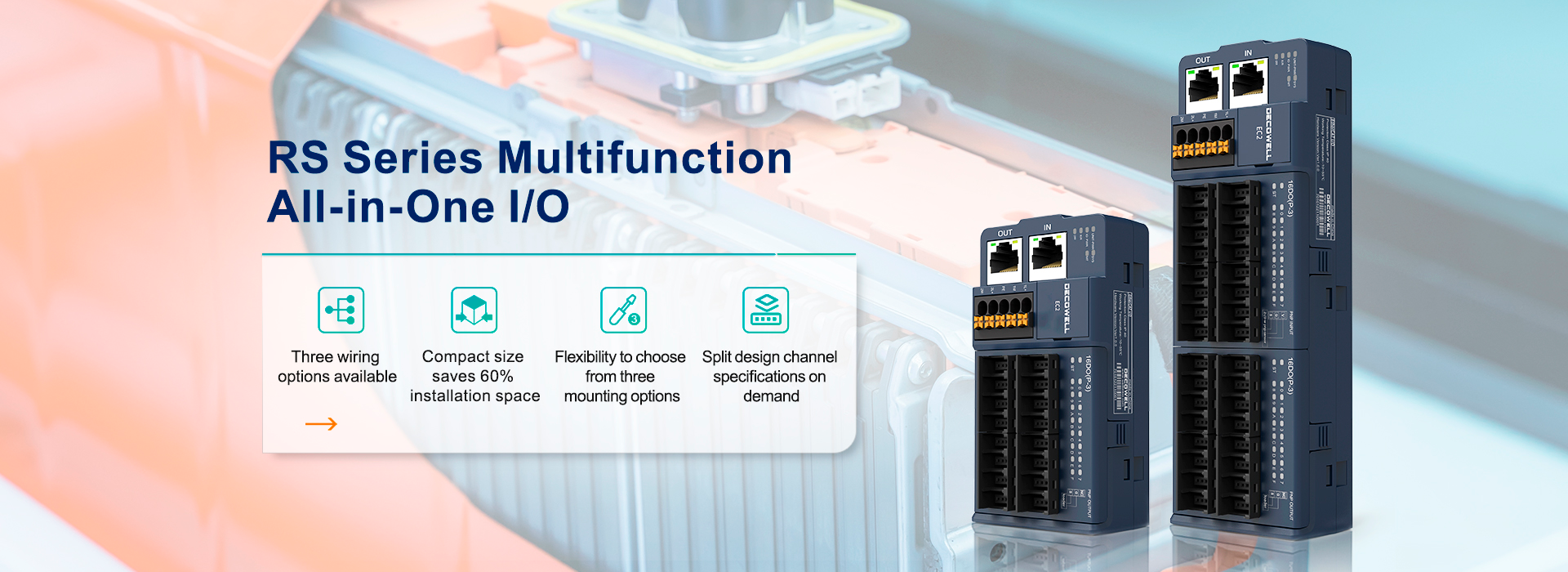Imagine an assembly line where miscommunication between machines leads to costly downtimes and errors—frustrating, right? In today’s fast-paced industrial environment, the io module becomes increasingly essential. Many facilities still rely on outdated methods that, frankly, just don’t cut it anymore.

Common Shortcomings of Traditional Solutions
Why do failures always occur during system integrations? Most often, it’s the limitations of traditional solutions—rigid architectures and complicated interfaces. These systems often yield poor performance, leaving users struggling to meet dynamic production demands. You might find that essential data remains locked away, causing delays and production lags. It’s a classic case of technology holding you back.
Embracing Advanced Technology Principles
New technology principles introduce flexibility and adaptability. With modular designs and seamless connectivity, io modules facilitate smoother interactions among devices. These modules allow real-time data processing and enhance the overall efficiency of the operations. As you navigate these advancements, consider how they could alter your operational landscape—it’s simpler than you think!

Measurable Benefits for Users
Quantified user benefits include increased productivity and reduced downtime—numbers that matter! Facilities using up-to-date io modules often report efficiency boosts of 30% or more. Moreover, error rates significantly decrease, saving both time and resources. In a competitive market, these innovations equate to sustainable growth and operational excellence. So, why settle for less?
Conclusion: Metrics for Evaluation
Before diving into the world of io modules, remember to verify these 3 metrics: ① Compatibility with existing systems ② Ease of integration ③ Long-term support options. These factors will guide you toward making a worthy investment in modern automation. By focusing on these essential criteria, you can ensure a future-ready operational environment.
Understanding the PLC IO Module
Now, let’s explore the PLC io module. This component plays a crucial role in the overall automation ecosystem, acting as the interface that connects various sensors and actuators. By bridging gaps in communication, it fosters a more cohesive operational framework and drastically enhances efficiency. With its modularity, integrating multiple PLCs can lead to versatile applications that maintain system integrity. Investing in a reliable PLC io module can result in substantial long-term benefits, paving the way for seamless automation.
Diving Deeper into Input and Output Modules
When it comes to operational excellence, the input and output module is vital for collecting and distributing data. These modules are central to the automation infrastructure, enabling devices to send and receive information effectively. It’s fascinating how they convert physical signals into digital data, facilitating real-time operational adjustments. As factories evolve, incorporating advanced input and output modules can lead to smoother workflows and improved control systems. Embracing this technology ensures that you remain competitive, leveraging automation successfully.
In summary, understanding the significance of the io module—be it the PLC io module or the input and output module—plays an essential role in enhancing automation. When considering these components, DECOWELL stands out as a manufacturer with supply advantages, offering reliable solutions that meet various industrial needs. By choosing DECOWELL, you can rest assured that you’re investing in technology designed to elevate your operational capabilities.
